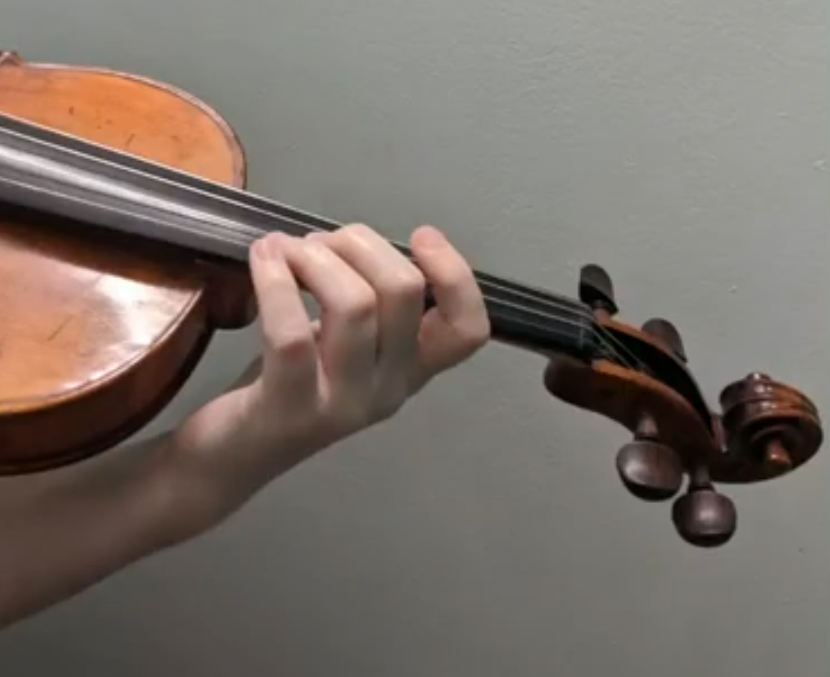
Vibrato, Tension, & Performance Anxiety
Vibrato is like a musical fingerprint; it’s one of the aspects that distinguishes the sound between one string player and another, and can be developed indefinitely for as long as we play. It’s also one of the most difficult left hand techniques, both from a technical and musical standpoint…at least from personal experience; definitely ranking it among the top 5 for difficulty, if not #1! For some, vibrato is something that miraculously comes naturally. But for me, it’s always been this huge roadblock in my progression, especially during my undergraduate years in college.
Phase 1 – The problem
Whenever I got nervous on stage, in a lesson, and especially in studio class, vibrato would always be one of the first things to fly out the window. In the best attempt to solve this recurring problem, I began to practice vibrato exercises everyday as part of my warm-up routine in my attempt to remedy the situation. I varied the exercises a lot and things were coming along in the practice room; however, for some reason month after month, year after year, I continued to tense up my left hand under pressure. My vibrato sounded very narrow, edgy, or worse – nonexistent. I felt pretty embarrassed and sometimes it made me feel like a beginner.
Phase 2 – Experimental stage
In the midst of my eternal inner battle in graduate school and beyond, I began to have more frequent performances and occasional auditions. More performances meant more opportunities to take notes on what was happening to me on stage. During the first year of analyzing performances and self-recordings, things improved slightly, but being on stage still felt like treading water. Then I tried a counter-intuitive approach: instead of identifying everything that made me nervous and attempting to eliminate those triggers, I focused on a handful of performances in which I played above my “personal average” in quality. I made a short list of what felt different about those specific moments. The new plan became to learn how to replicate the triggers setting off a good performance (even if nerves were still there). Over the next couple years leading up to today, some pieces of the puzzle slowly came together. The clearest indicator that I was on the right path was during my audition to Cincinnati Symphony in 2019. I remember specifically telling myself: “Inna, no matter what happens, even if the heart feels like it’s in your throat out there – keep the shoulders open! Chest open!”
Phase 3 – Discoveries
While I didn’t win the audition, there was a noticeable improvement and my vibrato came through! I am not saying that “open shoulders, open chest” is some kind of magic bullet (those doesn’t exist). However, one thing became very clear:
If the left hand fingers get locked up under pressure, the hand is not necessarily the source of the tension. In my case, most of the tension originated in my left shoulder and chest. The tightness sneaked its way down my arm and into my hand. It is so common for upper string players to bring their left shoulders forward in stressful situations without noticing. This is especially apparent considering the nature of holding a violin or viola.
Everybody’s experience of technical roadblocks and performing under pressure is unique. Solutions are never 100% and there are always multiple factors involved (internal and external). It’s easy to get “tunnel vision” when trying to solve a problem. Whatever you may be stuck with these days (whether music related or not) perhaps a breakthrough can be found in a strange or unexpected way.
To learn more methods on releasing excess tension during vibrato, follow some of my approaches in the video below.
